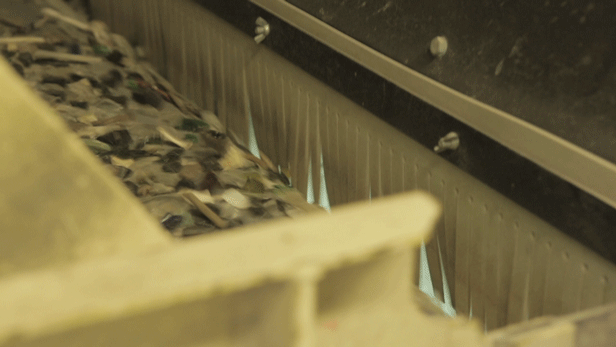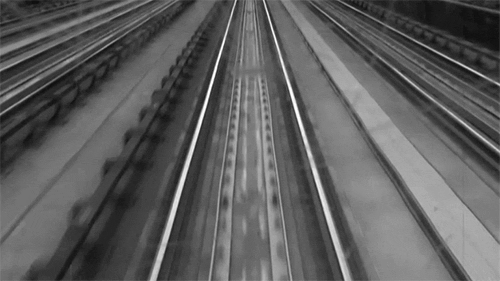Технологийн процессийг хянах үзүүлэлт
Баяжуулах
үйлдвэрийн технологийн процессийг зайлшгүй хянах шаардлагатай үзүүлэлтүүд нь
тухайн ашигт малтмалыг баяжуулж буй арга болон технологийн схемээр
тодорхойлогдоно. Хянах үзүүлэлт хамгийн олонтой нь флотацын аргаар баяжуулах
үйлдвэр юм. Технологийн процессийг хянах үзүүлэлтүүдийг үндсэн ба туслах гэж 2 хувааж авч үздэг.
Үндсэн
үзүүлэлтүүд:
1.
Хүдэр
болон баяжуулалтын бүтээгдэхүүний ширхгийн (гранулометрийн) бүрдэл: Ширхгийн бүрдлээр бутлах, нунтаглах,
ангилах аппаратуудын ажиллагааны үр
ашгийг үнэлж, эрдсийн сулралын зэргийг тодорхойлно. Шүүх процессийн үр ашиг нь
үндсэндээ шүүгдэж буй материалын ширхгийн
бүрдлээс хамаардаг.
2.
Хүдэр
ба баяжуулалтын бүтээгдэхүүнүүд дэх металлын агуулга, нүүрсний үнслэг: Баяжуулах технологийн дамжлага
тус бүрийн үр ашгийг үнэлэх, эцсийн
бүтээгдэхүүн дэх металлын агуулга, үнслэгийн хэмжээгээр таваарын балансыг тооцдог.
3.
Хүдэр
ба баяжмалын чийглэг:
Хүдэр ба баяжмалын хуурай цэвэр жинг тогтоох, бутлуур, шигшүүрийн ашигт
ажиллагааг үнэлэх зэрэгт хэрэглэдэг. Мөн баяжмалыг хорголжлох (тодорхой
хэмжээгээр бөөнцөглөх)
дамжлагад онцгой үүрэг гүйцэтгэдэг.
4.
Ионы
найрлага: Булингад флотацын урвалжууд чөлөөт ионууд
болон шилжих задрал,
эрдсүүдийн гадаргуугийн химийн шинж чанар, тэдгээрийн хоорондын харилцан
үйлчлэлийн нөлөөллийг тогтоодог.
5.
Булингын
хатуулаг:
Тоног төхөөрөмжийн бүтээмж (хүчин чадал), технологийн үндсэн үзүүлэлтүүдэд
нөлөөлнө. Хүдэр болон баяжуулалтын бүтээгдэхүүний чийглэг, технологийн процессийн шат дамжлага дахь булингын нягт зэргээр ус-зайлдасны схемийг тооцож, тоног төхөөрөмж,
аппаратуудын ачаалал, флотацын хугацаа, бүтээгдэхүүнүүдийн гарц зэргийг
хянадаг.
6.
Хүдрийн
ба баяжуулалтын бүтээгдэхүүнүүдийн эрдсийн найрлага: Эрдсүүдийн сулрал, ургалын шинж
чанар, бүтээгдэхүүнүүдийн бохирдлын хэмжээ, ашигт бүрдлийн сан, ашигт эрдэс хаягдсан шалтгааныг тодруулах судалгаанд
ашигладаг.
7.
Флотацын урвалжуудын концентраци: Ашигт эрдсүүдийн металл авалт,
баяжмалын чанар, хам баяжмалыг салгах үр ашиг зэрэгт нөлөөлнө. Урвалжийн
зарцуулалтыг бодоход ашигладаг.
8.
Булингын
температур:
Эрдсийн гадаргад бэхлэгдсэн цуглуулагч урвалжийг салгах (десорбци), хоосон чулуулгийг дарах, хам
баяжмалыг
салгах зэргээр флотацад
шууд нөлөөлдөг. Муу уусдаг урвалжуудыг хэрэглэх үед булингын температурыг
нэмэгдүүлэх шаардлага гардаг. Шеелитийн бохир баяжмалын эрдсийн бүхэллэгийн
гадаргаас цуглуулагчийг салгах, хоосон чулуулгийг гүйцээх флотацын өмнө
дарах, хам баяжмалыг салгах зэрэгт
халуун уур хэрэглэдэг.
9.
Булингын
агааржуулалт:
Эрдсийн металл авалт, флотацын машины хүчин чадалд онцгой нөлөөлнө. Флотацын
машин бүрд, камер бүрд булингын агааржуулалтыг харьцангуй тогтмол байлгах ёстой
тул үе үе шалгах шаардлагатай.
10. Хүдэр, баяжмал, булингын
зарцуулалт:
Технологийн тодорхой дамжлага, хэсгийн багаж төхөөрөмжийн хүчин чадлыг тохируулах,
хянах, таваарын баланс тооцооход
хэрэглэдэг.
Туслах
үзүүлэлтүүд:
1.
Бүнхэрийн материалаар дүүргэлт: Бутлуур, шигшүүрийг хэт ачаалалд
орохоос хамгаалах, бүнхэрийн дүүргэлт, хоосролтоос урьдчилан сэргийлэх, мөн
металлын баланс тооцох зэрэгт
хэрэглэдэг.
2.
Суулга
дахь булингын буюу шингэний түвшин: Суулгыг
халиахгүй, доторхи
материалын түвшинг зохистой хэмжээнд барих
зориулалтаар хэмжинэ.
3.
Дамжуулах
хоолой дахь хий шингэний даралт:
Технологийн процессийн
жигд явц, тоног төхөөрөмжүүдийн хэвийн ажиллагааг хянах зорилгоор хэмжинэ.
4.
Шүүлтүүр
ба өтгөрүүлэгчийн халианы хатуугийн агуулга: Маш жижиг бүхэллэгтэй баяжмалыг хаягдахаас сэргийлж, эргэлтийн усны цэвэр байдлыг хянахад
хэрэглэнэ.
5.
Машины
ажилласан цаг ба сул зогсолт:
Машин механизмуудын хөдөлгөөний коэффициентийг тогтоох, тоног төхөөрөмжийн
ашигт ажиллагааны түвшинг тогтооход хэрэглэнэ.
6.
Уусмал
ба усны зарцуулалт:
булингын нягттай (хатуугийн агуулга) хамт хэмжигдэх ба багаж төхөөрөмжийн хүчин
чадал, 1т хүдэр баяжуулахад зарцуулсан ус ба алдагдсан уусмалын хэмжээ зэргийг
тодорхойлоход ашиглана.
7.
Суспензийн
зуурамтгай чанар:
Гравитацын аргаар хүнд орчинд баяжуулалт явуулахад хянадаг.
8.
Агаарын
тоосжилт:
Ажиллагсдын ажлын байрны
эрүүл ахуйг хангах үүднээс хянадаг.



















